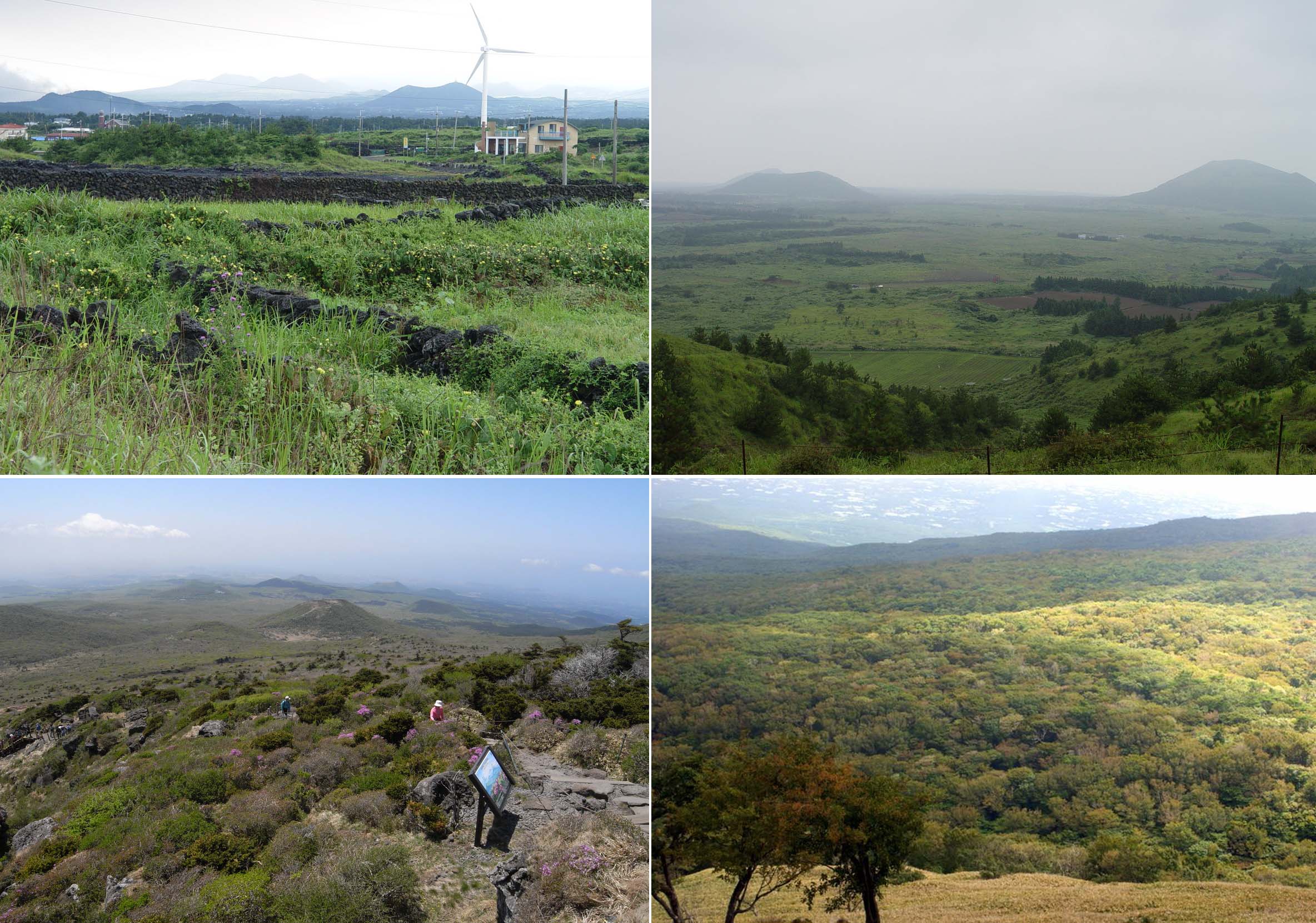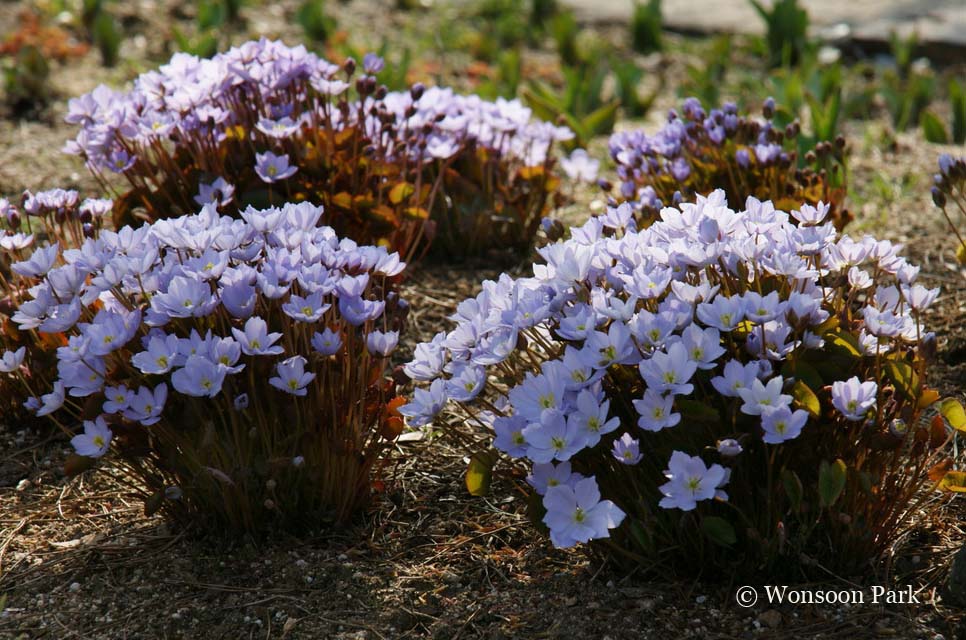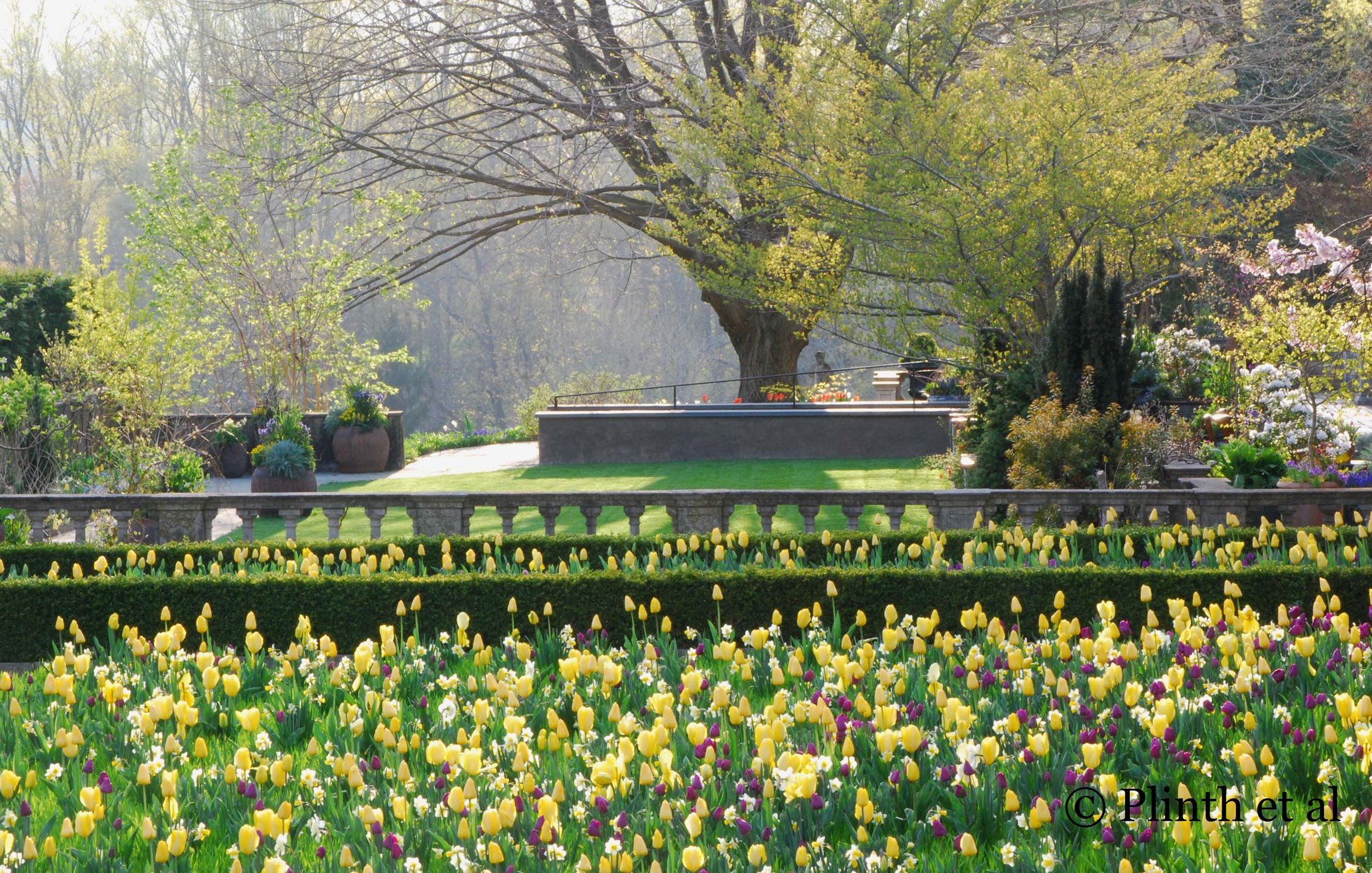5-10-5: Horticulturist Wonsoon Park
Wonsoon and I first met when he attended the annual pool and BBQ party for Longwood Gardens students at Chanticleer. After graduating from the Longwood Graduate Program in public garden management, he returned to South Korea where he now tends and designs plantings. It has been interesting to discover how horticulture is seen and practiced in Korea especially when much attention have been focused on China and Japan.
Please introduce yourself.
My name is Wonsoon Park, a plant lover. I majored in Horticultural Science from Seoul National University, and went through several jobs as a book editor. Then I changed my career to be a horticulturist. Recently I have completed the International Gardener Training Program at Longwood Gardens, and Longwood Graduate Program in Public Horticulture at the University of Delaware. Now I'm working for Samsung Everland company as a Senior Manager of the Park Landscape Center.
The arts or horticulture?
The arts based on horticulture
Despite graduating with a degree in horticultural science, you were a book editor prior to your professional development as a horticulturist. How did you first become interested in horticulture and why did you return to the profession?
I grew up in rural town where I helped my family to work for rice paddies and vegetable gardens, and this led me to choose Horticultural Science for my college major. Those plants in the gardens were not the fancy and showy ones but onions, sesame, pepper and cabbages, and my grandmother grew some grapes and persimmon in her backyard garden. So the first impression of horticulture to me was sort of farming or agriculture until I found its real charm later.
I became a book editor since I loved reading and producing books about science and nature. While I was exposed to many books about plants and gardens, I rediscovered horticulture, especially when I visited New York Book Expo in 2003. I’d like to learn more about horticulture not about agriculture but about flowers and gardens. Soon I was obsessed by the world of horticulture and I traveled to many gardens and natural areas whenever I had free time, before I moved to Jeju Island, the most beautiful and ecologically important island in Korea, not only to work in a botanical garden named Yeomiji but also to explore the island's unique flora and nature.
What does your job involve?
I'm currently working for Samsung Everland Company, which has the largest amusement park in Korea like the Disney World. There are several display gardens including the Four Seasons Garden and Rose Garden within the park. As the Senior Manager, I'm mainly in charge of planting design in the park area including the Four Seasons Garden which is a year-round garden from tulip displays to winter holiday season mingled with garden ornaments according to various themes.
You were a graduate of Longwood Graduate Program, which gave exposure to North American horticulture. What aspects of North American horticulture did you find interesting?
Networking. It seemed to me all the horticultural professionals and plant lovers were well connected each other from the east coast to the west and to the south. It was very easy to communicate with people since they were willing to share their knowledge and experiences, which I really appreciated. I liked the fact that there were so many great public gardens and nurseries to visit, as well as organized plant record systems, books and other valuable resources.
South Korea is better for its Korean pop (as seen in 'Gangnam Style') and Samsung, but less so for its fine arts and culture. The Western audience are familiar with Japanese and Chinese gardens, but less so with Korean gardens. Without resorting to broad generalizations, how would you define or characterize a Korean garden to a first-time visitor?
Traditionally, Korean gardens are harmonized with the surrounding nature according to the balance of Yin and Yang and geomancy minimizing possible modification and artificial factors. Since seventy percent of the Korean landscape is covered with mountains, I guess it’s a lot easier to build architecture and gardens using existing topographical properties. As for the planting design for Korean gardens, there are some rules choosing proper trees and shrubs at the right place around the garden, while those ornamental trees and shrubs don’t have artificial shape which can be seen in Japanese garden style. You can find the Korean palace garden style when you visit royal palaces in Seoul such as Changgyeonggung Deoksugung. Besides, one of my favorite Korean gardens is Hee Won garden of Ho-am Art Museum in Yongin city.
Because the Korean peninsula is a geographical juncture between China and Japan, its flora is similar with those of neighboring countries. Ulleung-Do and Jeju Islands, as well as Seoraksan, frequently appear on the canons of planting hunting exploits. Where would you take a horticulturist to see plants in the wild?
Jeju Island would be a great place to explore, since there are many diverse habitats within a relatively small area at different altitudes from the seashore to Mt. Halla. Those habitats include Gotjawal (a uniquely formed forest vegetation on the lava terrain), 367 Oreums (volcanic cones), seashores, wetlands and alpine regions. My favorite plants include Lycoris chejuense, Allium taquetii, Lycopodium integrifolium, Aruncus dioicus var. aethusifolius, Crinum asiaticum var. japonicum, Rhododendron weyrichii, Euphorbia jolkini, Abies koreana, just to name a few.
Korean plants, like those from China and Japan, are popular garden plants. For instance, we grow Abeliophyllum distichum, Acer triflorum, and Stewartia pseudocamellia var. koreana here. What are some of your favorite native species?
Recently I found Jeffersonia dubia, Heloniopsis koreana, Epimedium koreanum could be those of my favorite ones. I love Abeliophyllum distichum, Disporum sessile, Rhododendron schlippenbachii, as well as Matteuccia struthiopteris, Chloranthus fortunei, and Primula sieboldii.
South Korea is considered the most wired, if not one of most high-tech, country. How does one disconnect from the virtual world and engage with the natural world? Is garden visiting popular among Koreans as it is for Europeans and other nationalities?
The gardens and their cultivation are still less popular in Korea compared to other nations. There are over 60 public gardens on the list of Korean arboreta and botanical Gardens. But many private gardens have been struggling with their operation due to the lack of revenue source, while municipal or national arboreta and botanical gardens are relatively doing fine since they are supported by government. People prefer the latter since they have free or low price entrance fees.
Speaking of engaging the natural world, the baby boom generation loves mountain hiking, while families with young children like to go out for their daily exercise during weekends and holidays. Public gardens are just one of those places. I don’t know much about how teenagers and younger generation are exposed to the natural world.
A Korean recently said in Conde Nast Traveler Magazine: "Korean people happily embrace anything that comes off the plane at Incheon Airport, but we won't eat a pig's feet restaurant unless it's three generations old." Given how Confucianism is ingrained in traditional culture, are Koreans more receptive to wild-looking gardens than 'big bang' displays commonly seen in U.S. and Europe?
Although ‘big bang’ displays still work well in many public gardens, Koreans are getting more like to enjoy native plants in a natural setting. In addition, the number of people returning to home village or farming is increasing. They’d like to tend a vegetable garden called “teot bat” as well as enjoy the natural landscape. Also, urban farming and gardening is growing gradually.
If you were marooned on an island, what one plant would you take with you?
Camellia japonica. It’s a nice plant for temperate coastal climate. Camellias have many beneficial properties. Its seed oil is useful for skin care, while the flower bud purifies the blood and stimulates the heart. In addition, the flowers are good enough to please me during my lonesome life in deserted island. I hope for a Camellia forest to form in the future until people find that island and my traces.
What places and gardens inspire you?
Chanticleer inspired me a lot. Whenever I visited the garden, my mind was filled with special feeling by constantly changing flowers every time and different landscapes every year. Chanticleer was the first garden when I was writing a series of articles about the most beautiful American public gardens for a leading garden magazine in Korea. I loved to walk through Asian Woods and Pond Garden, and learned many ideas about containers and hanging baskets around the main houses. I remember Hidcote Manor Garden in UK was a great place full of inspiration and ideas with many different types of room gardens. Longwood Gardens, of course, is like my second home that gave me unforgettable experiences with so many good people and wonderful plants!
What advice would you give to your peers interested in studying horticulture in Korea? I noticed that a few number of Koreans have trained and studied in UK, especially RHS Wisley.
Studying abroad as a trainee or intern would be a great help to build a solid horticultural career. To prepare applying those international programs, it might be better know Korean plants and gardens first, as well as having some practical hands on experiences. I think Chollipo Arboretum runs one of the greatest internship programs in Korea to learn a good deal of plant collections including Magnolias, Acers, Hollies and many more.
What do you look forward the most?
I’d like to become a real professional in this field domestically and internationally, and make influential gardens throughout my career path. I want to be in charge of a garden like Chanticleer which I could maintain everyday and learn more about plants for the rest of my life.
Thank you for the interview Wonsoon!
~Eric




















